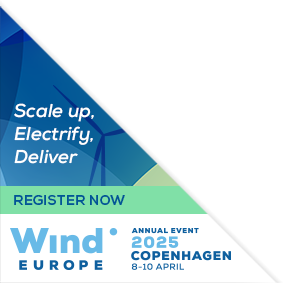Posters
Siblings:
ProceedingsProgrammeSpeakersPostersContent PartnersPowering the FutureMarkets TheatreResearch & Innovation in actionStudent programmePresenters dashboardCome meet the poster presenters to ask them questions and discuss their work
We would like to invite you to come and see the posters at our upcoming conference. The posters will showcase a diverse range of research topics, and will give delegates an opportunity to engage with the authors and learn more about their work. Whether you are a seasoned researcher or simply curious about the latest developments in your field, we believe that the posters will offer something of interest to everyone. So please join us at the conference and take advantage of this opportunity to learn and engage with your peers in the academic community. We look forward to seeing you there!

PO126: Passivity analysis for stability of offshore wind turbines
Alberto Barcia, Commercial Director in Wind Energy Converters & Controls, Ingeteam Power Technology, S.A
Abstract
Renewables integration on weak grids still presents itself as a challenge for upscaling renewable resources on the currently available transmission and distribution networks. The challenge increases when connecting high-scale offshore wind resources, as the connection to the onshore network often implies power evacuation through direct HVDC or HVAC transmission. One of the main issues when connecting Inverter-Based Resources is the ability to ensure the stability of the system when interacting with other IBRs or with the plant characteristics. Usually, studies based on plant modelling, theoretical stability analysis and EMT simulations are performed to verify the stable behaviour of the IBRs in the modelled plant. These studies imply a deep knowledge of the control schemes inside the IBR controllers and a wide test set to cover different interactions, which often is difficult to achieve from the IBR manufacturer and eagerness to skip a critical test that can lead to undetected instabilities. A different approach to the stability analysis is to ensure that all the elements in the system have a passive impedance in the whole frequency range. By ensuring that, all the elements are positively passive,hence, no unstable interactions between them are going to take place. Additionally, this approach allows for the verification of the stability of IBRs without the need for deep knowledge of the control strategies implemented on the device. This article is focused on the passivity analysis of the IBR part, particularly on the frequency converter system for an offshore wind turbine. The methodology for the passivity analysis is presented, focusing on how to measure the impedance of the frequency converter through EMT simulations and a HiL system for high fidelity of the controller behaviour. It is shown that a passive behaviour can be achieved on a full-converter high-power frequency converter for offshore wind applications.










